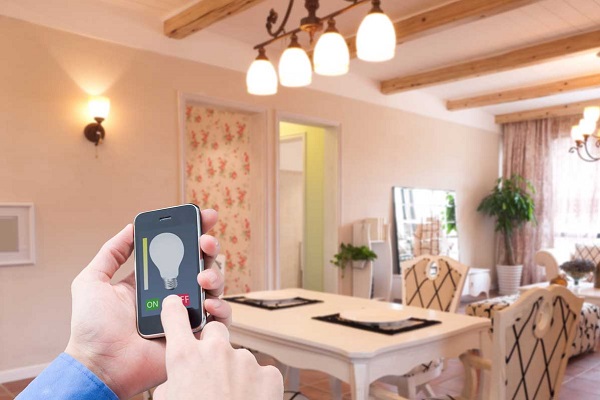Driven by intelligent and automated high-tech, the smart home industry has entered a period of rapid development. In 2018, global smart homes, including equipment, systems and services, will account for nearly $96 billion in consumer spending, and will grow at a compound annual growth rate of 10% over the next five years (2018-2023) and will grow to $155 billion by 2023 ( Source: StrategyAnalytics). With the adoption of smart home equipment from early adoption to large-scale adoption, as an important basic function device in smart home systems, the trend of home intelligent lighting is also surging. In 2018, the home intelligent lighting market is one of the fastest growing areas in the field of intelligent lighting. .
Due to the diversified characteristics of intelligent interconnection and control methods, intelligent lighting systems must truly land in the family field and naturally integrate into smart life. It also requires traditional lighting companies to conduct in-depth cross-border technical cooperation with Internet companies and IoT ecosystem platform providers. At present, the voice platform represented by smart speakers has become the entrance of home intelligent lighting. The intelligent lighting system enters thousands of households by accessing voice control platforms such as Apple HomeKit, Google Nest, Amazon Alexa, Huawei Hilink, Tmall, Xiaomi, Baidu, and smart home ecosystems such as Xiaomi and Huawei.

“Pre-installation” and “post-installation” markets for smart home lighting
Domestic lighting companies have rushed into the smart home lighting market and launched cross-border cooperation. Some lighting companies have entered the “pre-installation” market of smart homes through cooperation with brands related to furniture, building materials manufacturers and even long-term rental apartments, integrating lighting and automatic control functions in furniture and building materials; and some lighting companies have cooperated through cross-border cooperation. Cooperate with well-known brands or e-commerce companies to develop a series of smart home products and enter the “post-installation” market of smart homes.
Home smart lighting product integration needs will be higher and higher
On the one hand, the home intelligent lighting products should meet the increasingly individualized lighting design requirements, on the other hand, to meet the intelligent control requirements, mainly to reflect the following aspects: First, to achieve automatic lighting control, automatically adjust the brightness according to human activities and natural light changes, The user’s comfort is improved while reducing energy consumption. Second, the color temperature is adjusted. The user can set the color temperature of the light according to personal preference, mood or use scene to increase the comfort experience. In the future, the intelligent lighting will develop into the intelligent lighting stage. That is to achieve interconnection, from passive intelligent control to active response, to provide users with healthier and more humanized lighting; third, integrated building control and energy conservation, as automation and the Internet of Things become more and more important, users are Lighting, HVAC, security and other functions put forward higher integration requirements. Users want to control all functions of their office/family through a control terminal. System integration can improve user convenience and achieve more optimized overall energy saving. effect.
